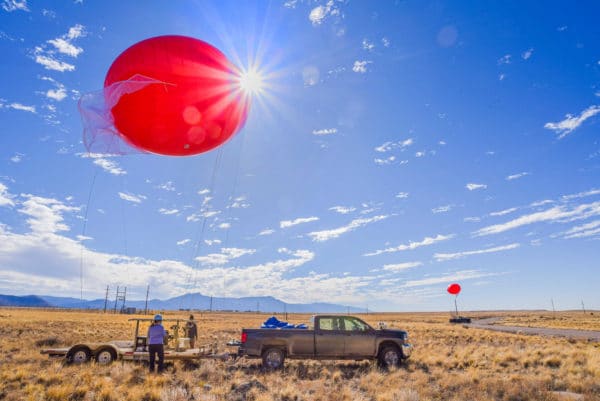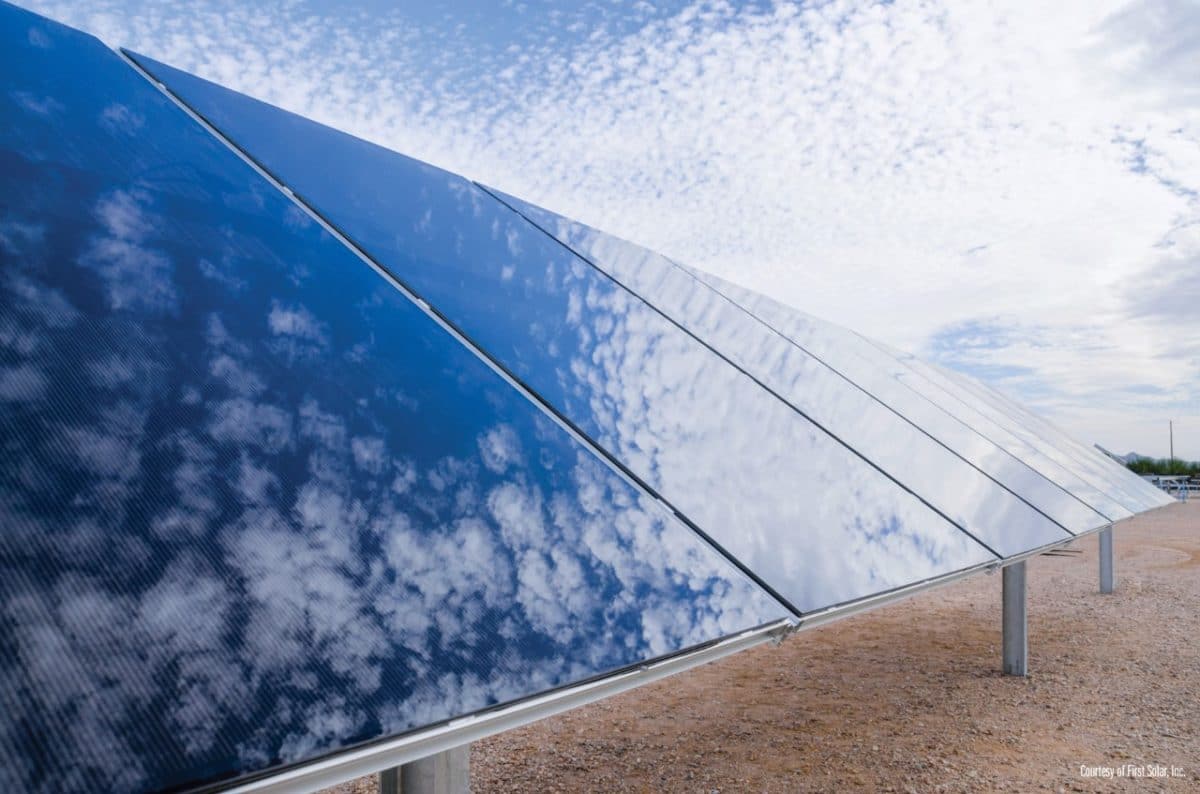Wisconsin’s three investor-owned utilities asked state regulators to approve a nearly $650 million plan for 465 MW of solar and battery storage facilities to enter service by the end of May 2024.
The project would include 300 MW of solar capacity built at a cost of $1,373 a kilowatt, and 165 MW of battery energy storage built at a cost of $1,436 a kilowatt.
Wisconsin Electric Power could own a 75% share of the project, Wisconsin Public Service would own 15% and Madison Gas and Electric would own 10%.
The price includes the capital cost of the solar facilities, storage system, transmission interconnection costs, and owners’ costs. The solar-plus-storage projects would be built near Madison.
Both Wisconsin Electric and Wisconsin Public Service plan to retire older, less efficient fossil fuel plants, and invest more than $2 billion in natural gas generation, renewable generation, and storage resources. Likewise, Madison Gas and Electric will need more than 250 MW of new capacity by 2024 due to previously announced retirements of older assets and expiration of existing power purchase agreements.
Koshkonong would be developed by a unit of Chicago-based Invenergy. The project would use between 566,037 and 730,188 silicon PV modules fixed to horizontal single-axis solar trackers. Construction is scheduled to begin in late 2022.
Talen Energy storage projects
Talen Energy said it is developing 1 GW of stand-alone battery storage projects in three states. The battery projects range from 20 MW to an expected 300 MW and are expected to be developed over the next three to five years on Talen-owned land and using legacy fossil generation and transmission infrastructure.
The company’s first two planned battery storage development projects are 20 MW projects adjacent to its coal-fired H.A. Wagner (Baltimore, Maryland) and Camden, New Jersey generation facilities. The Wagner facility is set to stop burning coal by the end of 2025. The Camden battery project is expected to serve as an added capacity resource adjacent to this natural gas generation facility. The company said it expects to begin construction on the storage projects later this year.
Novel CSP passes a dust test
Researchers from the Energy Department’s Sandia National Laboratories tested airborne dust particles to test the safety of a concentrating solar power technology, and found that the dust is below hazardous levels set by the Environmental Protection Agency (EPA).

Image: Sandia/Randy Montoya
A Sandia team recently received $25 million from DOE to build a pilot plant that will use the technology, known as a high-temperature, falling-particle receiver for concentrating solar power.
The falling-particle receiver works by dropping dark, sand-like ceramic particles through a beam of concentrated sunlight, then storing the heated particles. The particles cost about $1 for 2.2 pounds and can get hotter than conventional molten-salt-based concentrating solar power systems, increasing efficiency and driving down cost. The DOE’s goal is to drive the cost of electricity from concentrating solar power down to $0.05 a kWh, comparable to conventional fossil-fuel-based power.
One problems is that the re-used particles can eventually break down into fine dust. The EPA and the Occupational Safety and Health Administration regulate tiny dust particles, finer than talcum powder, that are known to pose a risk for lung damage.
Last fall, researchers used sensors sitting a few yards away from the falling-particle receiver, and sensors hanging from 22-foot-wide, tethered helium balloons to measure the particles that were released as it was operating at temperatures above 1,300 degrees Fahrenheit.
Comparing the results, researchers found that the concentration of tiny particles was much lower than EPA limits. The researchers said it would take an emission of particles 400 times greater than what was measured in its tests to get close to the EPA standards.
This content is protected by copyright and may not be reused. If you want to cooperate with us and would like to reuse some of our content, please contact: editors@pv-magazine.com.









I was thinking instead using limestone as the falling particles turning it into Portland cement.
Then extract the heap to make on demand power.